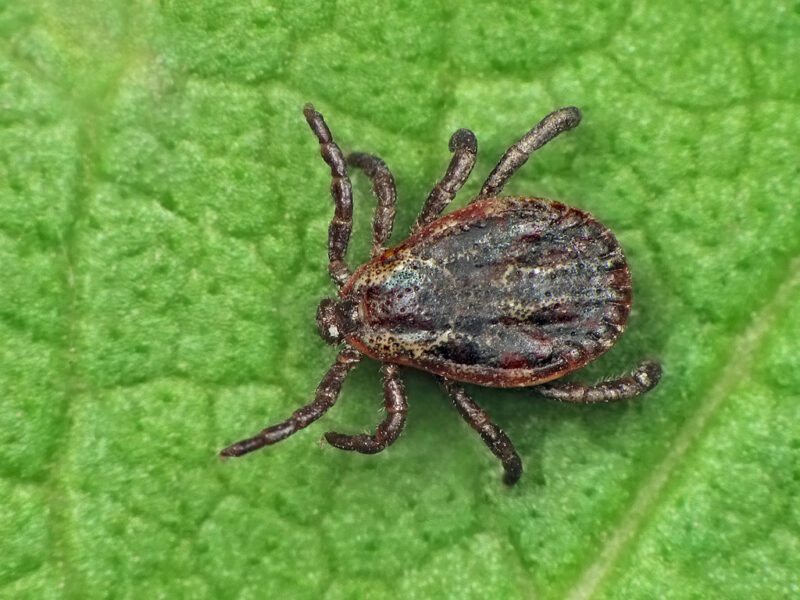In the Huehuetenango department of Guatemala, Onchocerca volvulus, commonly called river blindness, is no more. According to a recent study in the Journal of Parasitology Research, several years of screening for the parasite in black flies and school-aged children suggest that it no longer persists in animals or humans. In 2009, the Pan American Health Organization (PAHO) set a goal to eliminate or dramatically reduce the transmission of 12 neglected infectious diseases by 2015. Guatemala’s department-wide eradication of river blindness represents a step toward this goal, and it is no small feat. In 2007, the World Health Organization (WHO) estimated 37 million people worldwide were infected with river blindness.
River blindness is one of those insidious diseases that do not kill you. Instead, it handicaps you for life. River blindness is a filarial worm transmitted to humans from black fly bites. Once in the body, the worms mate and produce thousands of microfilariae – or baby worms. These babies travel throughout the body, where black flies can bite and pick them up, or they can end up in the tissues of the eye. Once in the eye, the worms cause lesions and inflammation that lead to blindness. In rural Guatemala, or many of the other similarly low-resource endemic locations for river blindness, the blindness of a child or family member represents a significant blow to social capital and tenuous family stability.
In Guatemala, the government and various committees associated with PAHO used mass drug administrations to combat the small worm. It takes two administrations of ivermectin every year to prevent the transmission of river blindness worms. In the last 13 years, the Guatemalan Ministry of Health, with support from the Onchocerciasis Elimination Program of the Americas (OEPA), delivered 22 rounds of treatment. Of the 22, 17 consecutive mass treatments reached more than 85 percent of the target population – the goal set by the WHO for the Americas.
Moving forward, public health officials must remain vigilant to protect their victory in Huehuetango. Of particular concern, the department shares a border with Mexico and employs migrant coffee farmers who travel extensively in the region. Some health professionals worry these transient populations may unknowingly carry river blindness parasites back to Huehuetango. However, Nancy Cruz-Ortiz’s recent study points out that the neighboring district in Mexico is in its final stages of evaluation for river blindness eradication as well – Huehuetango is not the only endemic location making progress.
Without a doubt, Guatemala’s ability to eliminate the transmission of river blindness represents a landmark step against neglected tropical diseases, but it also illuminates the massive effort PAHO’s 12 by 2015 goals entail. The Guatemalan Ministry of Health used data from over two decades of river blindness surveillance to identify endemic hotspots in Huehuetango. Merck & Co., Inc. donated the medication. The WHO set the protocol to determine if eradication was successful. It was truly an international effort – one that is happening with growing frequency. In 2011, Colombia eliminated river blindness across the entire country. Now, Guatemala, it would seem, is only a few steps away.

